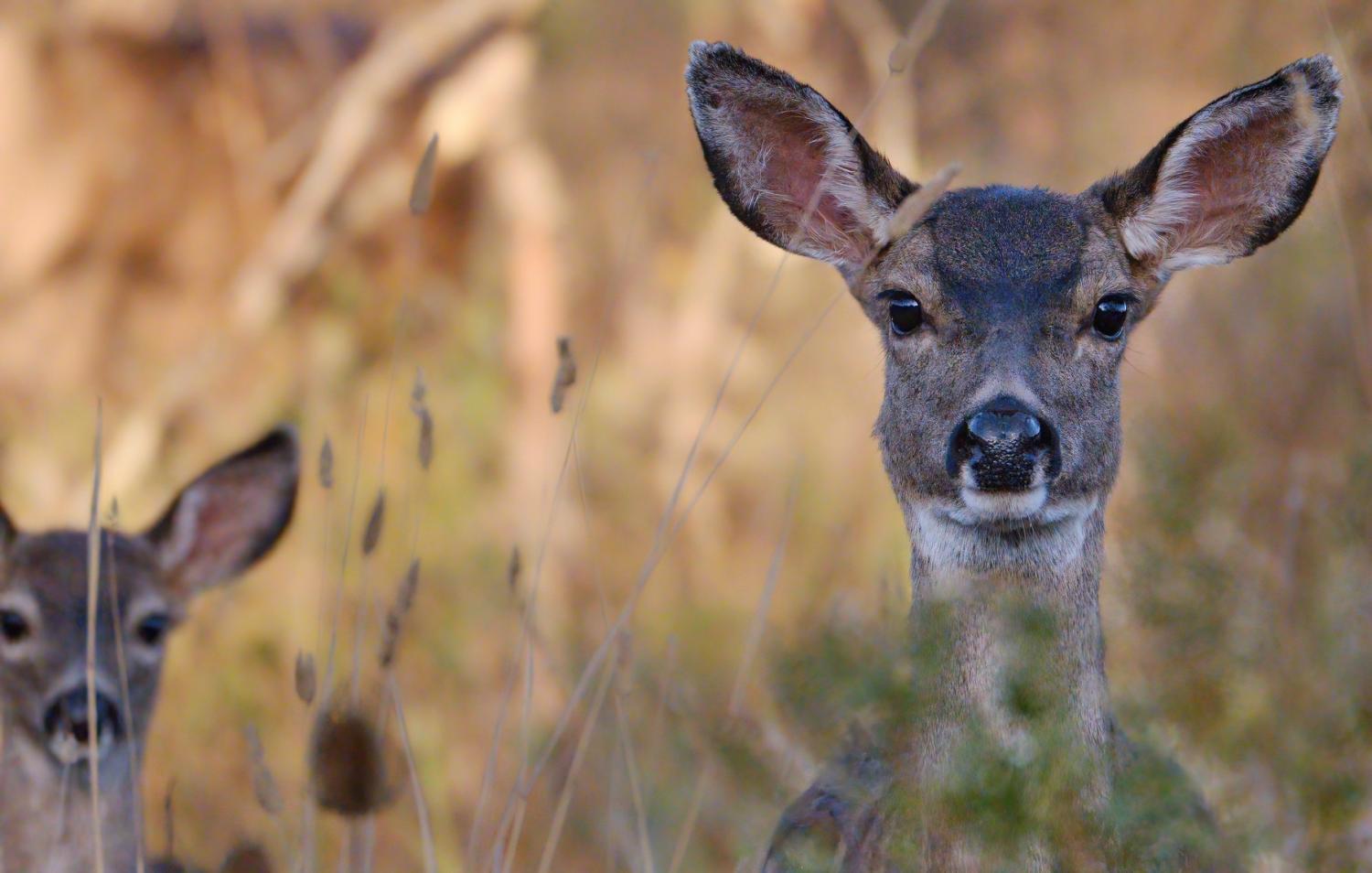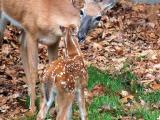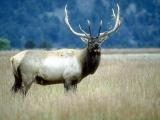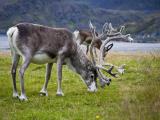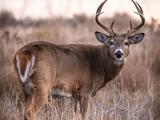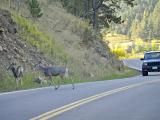Brian Appleby, MD, director of the National Prion Disease Pathology Surveillance Center at Case Western Reserve University, said the study's conclusions are congruent with those from previous research but aren't the final answer to whether it can transmit to humans.
"They weren’t able to transmit chronic wasting disease to these human cerebral organoids, but that's not a human," he said. "And there are so many other factors that go into transmission outside of such experimental spaces. It is encouraging in that it emphasizes that at least with current CWD strains, there is a high species barrier, but it certainly doesn't mean that [spillover] isn't possible or that the threshold of the species barrier might not change in the future when CWD strains evolve."
Appleby is a cochair of a working group that is part of the CWD Contingency Planning Project at the University of Minnesota's Center for Infectious Disease Research and Policy (CIDRAP), publisher of CIDRAP News. CIDRAP has issued a statement saying that the study results haven't changed the urgent need for continued disease surveillance and preparation for a potential species jump.
Research used lab-grown tissues
Haigh believes the study was the first human organoid (lab-grown tissues that function similar to simplified versions of organs) CWD work, whereas previous research has used other models such as mice. "Organoids aren't manipulated to change the protein expression of the prion protein, and a lot of the mice proteins are deliberately manipulated to do that, so it's closer to a human brain environment than anything that's been done before."
To assess the ability of CWD prions to infect human brain tissue, Haigh and colleagues exposed human brain organoids to high concentrations of mixed brain tissues from CWD-infected white-tailed deer, mule deer, and elk for 1 week. The team then periodically tested the organoids for signs of infection for 180 days.
At the end of the experiment, there was no evidence of CWD replication or protein deposits from human prions. "Overall, the unsuccessful propagation of CWD in cerebral organoids supports a strong species barrier to transmission of CWD prions to humans," the authors concluded.
The CIDRAP statement on the study pointed out that, depending on host factors, interspecies CWD transmission often takes longer than 180 days. Haigh said that that endpoint was chosen based on her team's previous work on human prion infection. "We can detect it [human prion infection] pretty readily at 60 days, it's much stronger at 90, and then by 180, it's pretty strong," she said. "We don't really see it get much stronger after that but we haven't followed them a lot further out."
The organoids were made up of two of three known human prion genetic backgrounds, one of which was previously tied to susceptibility to animal-to-human prion disease. "The two genotypes we tested make up about 80 to 90% of the population," Haigh said, adding that they are now testing the third genotype. "We can't confirm that that one wouldn't take up infection yet."
Need for continued human, animal CWD surveillance, research
Appleby called for research looking at the transmission of CWD into farm animals and using models such as transgenic animals to see how it could alter the risk for humans. "Prion disease is not the same across all animals," he said. "It not only causes concern for cervids but also for other animals, production animals, for example, that could get into our food supply. Could they develop the disease and that might alter the species barrier to humans?"
Haigh said examining the structure of CWD prions and then modeling them to simulate their similarities and differences with the human prion protein could lead to a better understanding of their potential interactions.
